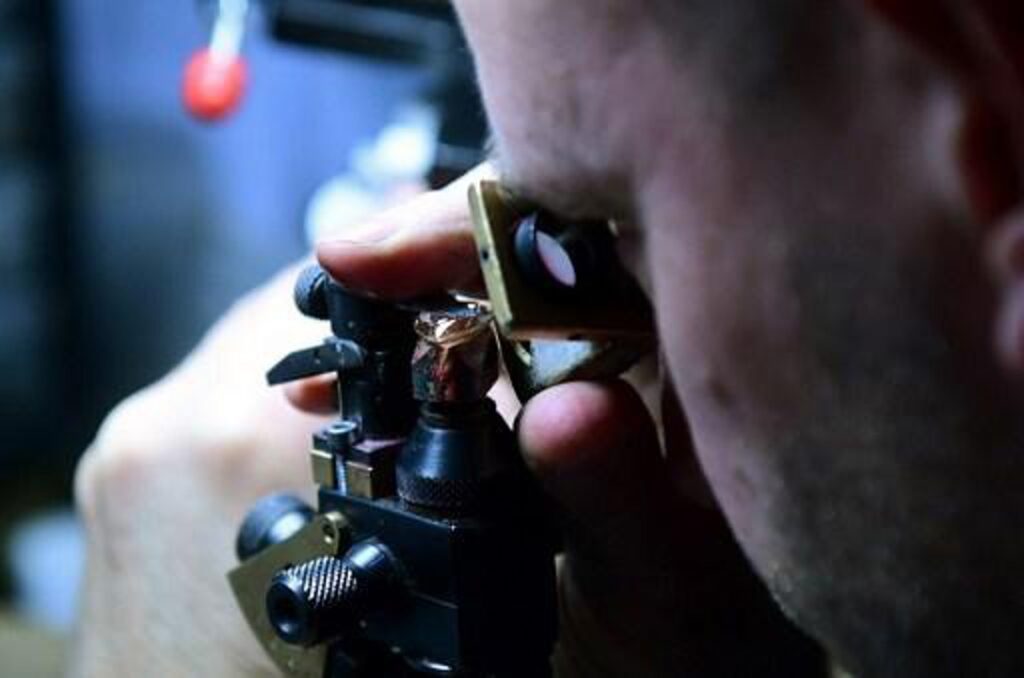Measures to restrict the trade of precious stones were decided two weeks ago by G7 leaders, a move that Belgium lobbied for with the aim of sanctioning Russian diamonds without severely impacting the sector in Antwerp.
Whilst Prime Minister Alexander De Croo had previously argued that sanctions would only lead Russia to trade elsewhere, thereby harming the EU economy rather than the intended target of the restrictions, Belgium subsequently came to advocate regulations that would trace stones from their source and would operate internationally.
The changes, adopted 6 December, mean that from January 1 restrictions will be applied to imports of non-industrial diamonds mined, processed, or produced in Russia. As of 1 March, Russian diamonds cut in third countries will also be affected. From 1 September 2024, a system will be put in place to verify and certify rough diamonds.
But despite Belgium spearheading the push for sector reform, the impact to the local economy risks being significant. Antwerp accounts for around 85% of all global trade in cut diamonds, with a daily value estimated at between $200–220 million.

Hoveniersstraat, the main street of Antwerp's diamond district. Credit: The Brussels Times
Whilst Western nations imposed sanctions on many Russian assets and key trade commodities, the diamond sector was long left untouched amid concerns that EU efforts to clamp down on the business would only result in trade being lost to less scrupulous gemstone centres, namely Dubai and Mumbai.
It was only in the context of a wider global effort to track and trace the stones that Belgium got on board with efforts, which are much more likely to have the hoped-for effect. Russia is the largest global producer of rough diamonds and contributes approximately 37 million carats annually, primarily through the state-owned company Alrosa.
De Croo has described the new measures "an essential step to significantly reducing the flow of diamond trade money towards Russia" which offers Antwerp's diamond sector "a unique opportunity to grow into the trading centre of ‘clean’ diamonds." He added that the move would enable diamond-producing African countries to command better prices for their rough diamonds.

The opening of the 'Carat+' diamond and jewellery fair at the 'Antwerp World Diamond Centre' in Antwerp, 2018. Credit: Belga / Nicolas Maeterlinck
But despite best efforts to prevent the economic repercussions from affecting Antwerp's trade, figures from the National Bank of Belgium have marked a decline, noting that the diamond sector performed poorly in the first 10 months of the year.
In terms of Belgium's total import and export value, the sector fell from 3.7% (for imports) and 4.1% (exports) before the pandemic to 2.5% (imports) and 2.9% (exports) this year – a drop worth several billion euros.
Related News
- Protests against trade of Russian diamonds in Antwerp
- Antwerp’s diamond dilemma
- 'Fight against blood diamonds': US and EU will ban Russian diamonds from 2024
This isn't only due to the efforts to clamp down on Russian stones; the bank highlights realities such as competition from cheaper artificial stones. It noted that demand in China has been weak as their economy struggles and the number of marriages has fallen.
Meanwhile the major diamond-cutting country of India is also buying fewer rough diamonds. In Europe, the prospect of an all-out boycott of Russian diamonds has limited trade through Belgium.
The National Bank is cautiously optimistic that trade can be restored, with performance in more recent months picking up again. But it is still unclear whether business will ever be the same or the city's once dazzling sheen will be permanently dulled.

